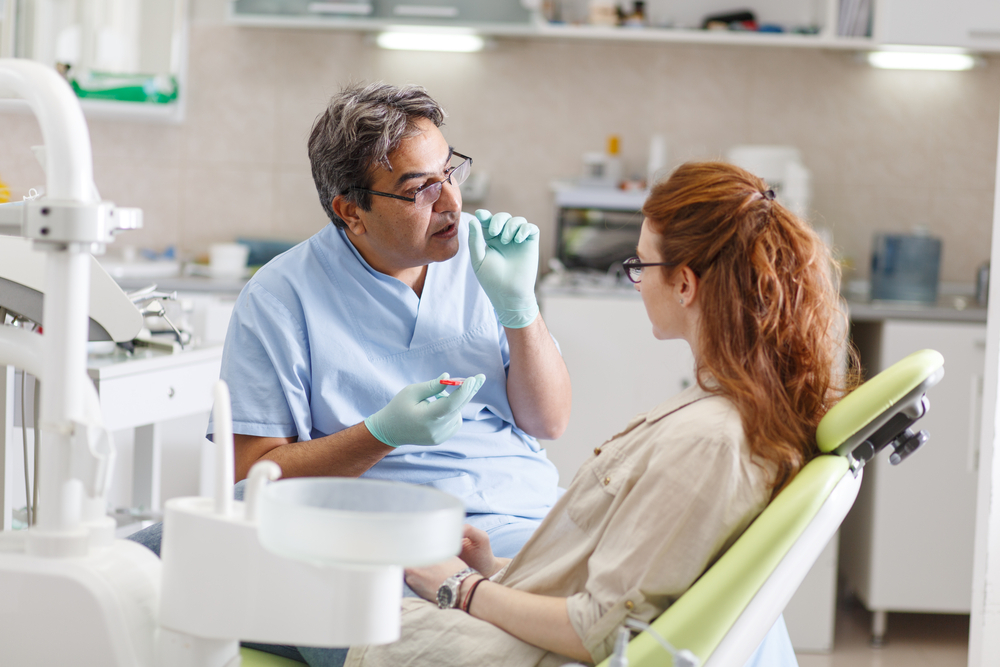A captivating smile can light up a room, and behind every perfectly aligned set of teeth lies the intricate science of orthodontic mechanics. However, many questions arise, which might include, Can moving teeth be fixed? How do orthodontists achieve those stunning smiles by moving teeth into their ideal positions? Let’s delve into the fascinating world of orthodontics and explore the science behind this transformative process.
Understanding Orthodontics
Orthodontics is a specialized branch of dentistry dedicated to correcting irregularities in tooth alignment and jaw positioning. The primary goal is to create a harmonious and functional bite, along with a beautiful smile. This involves the application of various orthodontic mechanics to move teeth into their desired locations.
Orthodontic mechanics involve the controlled application of force to teeth to bring about desired changes in their position. At the heart of this process is the understanding of human dentition, jaw structure, and the biology of tooth movement. Orthodontists employ a variety of tools and techniques, each designed to harness the body’s natural ability to remodel bone.
The Basics of Tooth Movement
At the heart of orthodontic treatment is the science of adult teeth movement. The process relies on the manipulation of the periodontal ligament, a fibrous tissue that surrounds and supports the teeth in their sockets. Orthodontic appliances, such as braces or aligners, exert controlled forces on the teeth, prompting the bone to remodel and allowing for the repositioning of teeth over time.
Braces – The Time-Tested Marvel
Traditional braces have been a staple in orthodontics for decades. They consist of metal brackets attached to each tooth and connected by wires. The orthodontist adjusts the tension in the wires at regular intervals, applying gentle pressure to guide the teeth into the desired positions. This controlled force stimulates bone remodeling, allowing the teeth to shift gradually.
Aligners – The Modern Approach
In recent years, clear aligners have gained popularity as a more discreet and convenient alternative to traditional braces. These custom-made, transparent trays apply precise forces to specific teeth, gradually guiding them into alignment. The patient progresses through a series of aligners, each slightly adjusted to continue the tooth movement process.
Biomechanics of Tooth Movement:
Tooth movement is a complex process influenced by the surrounding bone, ligaments, and the body’s response to applied forces. Understanding biomechanics involves considering factors such as bone remodeling, blood supply, and the interplay between different parts of the oral anatomy.
Orthodontic Forces and Tissue Response
The success of orthodontic treatment depends on a delicate balance between applying the right amount of force and allowing the body’s tissues to adapt. Too much force can lead to root resorption, while too little may result in ineffective treatment. Orthodontists use their expertise to tailor treatment plans for each patient, optimizing forces for the desired outcome.
Individualized Treatment Plans
One size does not fit all in orthodontics. Each patient presents a unique set of challenges and requirements. Orthodontists carefully analyze facial structures, jaw relationships, and tooth positions to create personalized treatment plans. This individualized approach ensures that the forces applied during orthodontic treatment are tailored to meet the specific needs of each patient.
Orthodontic Technology Advancements
Advancements in technology have significantly enhanced orthodontic treatment. 3D imaging, digital impressions, and computer-aided design (CAD) play pivotal roles in treatment planning, including orthodontic emergencies near you. These technologies provide orthodontists with detailed insights into the patient’s oral anatomy, allowing for more precise and efficient treatment.
Orthodontic mechanics is a complex yet fascinating field that combines the principles of biomechanics with dental science to achieve beautiful smiles. By understanding the science behind moving teeth, patients can appreciate the precision and expertise that go into orthodontic treatment.
Contact Newmarket Orthodontics for Your Smile Transformation!
If you’re considering orthodontic treatment or seeking professional advice for your dental needs, look no further than Newmarket Orthodontics. Our team of experienced orthodontists in Aurora is dedicated to providing personalized and effective solutions for a confident and radiant smile. Contact us today to embark on your journey towards a healthier and more beautiful set of teeth.

